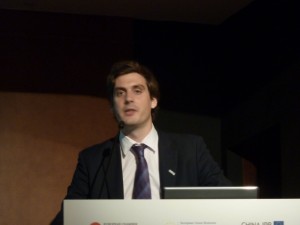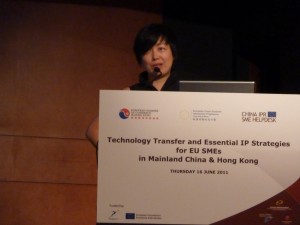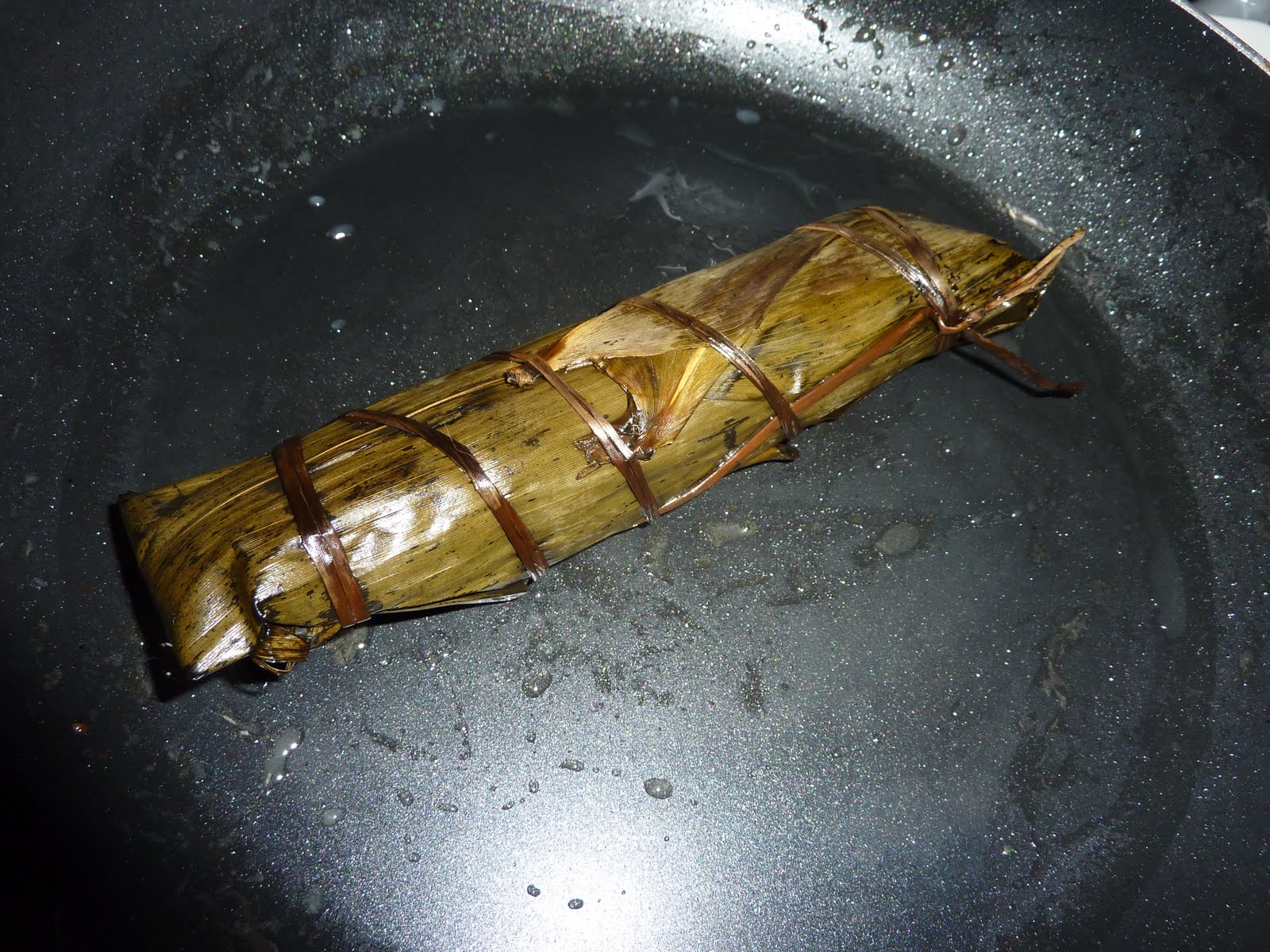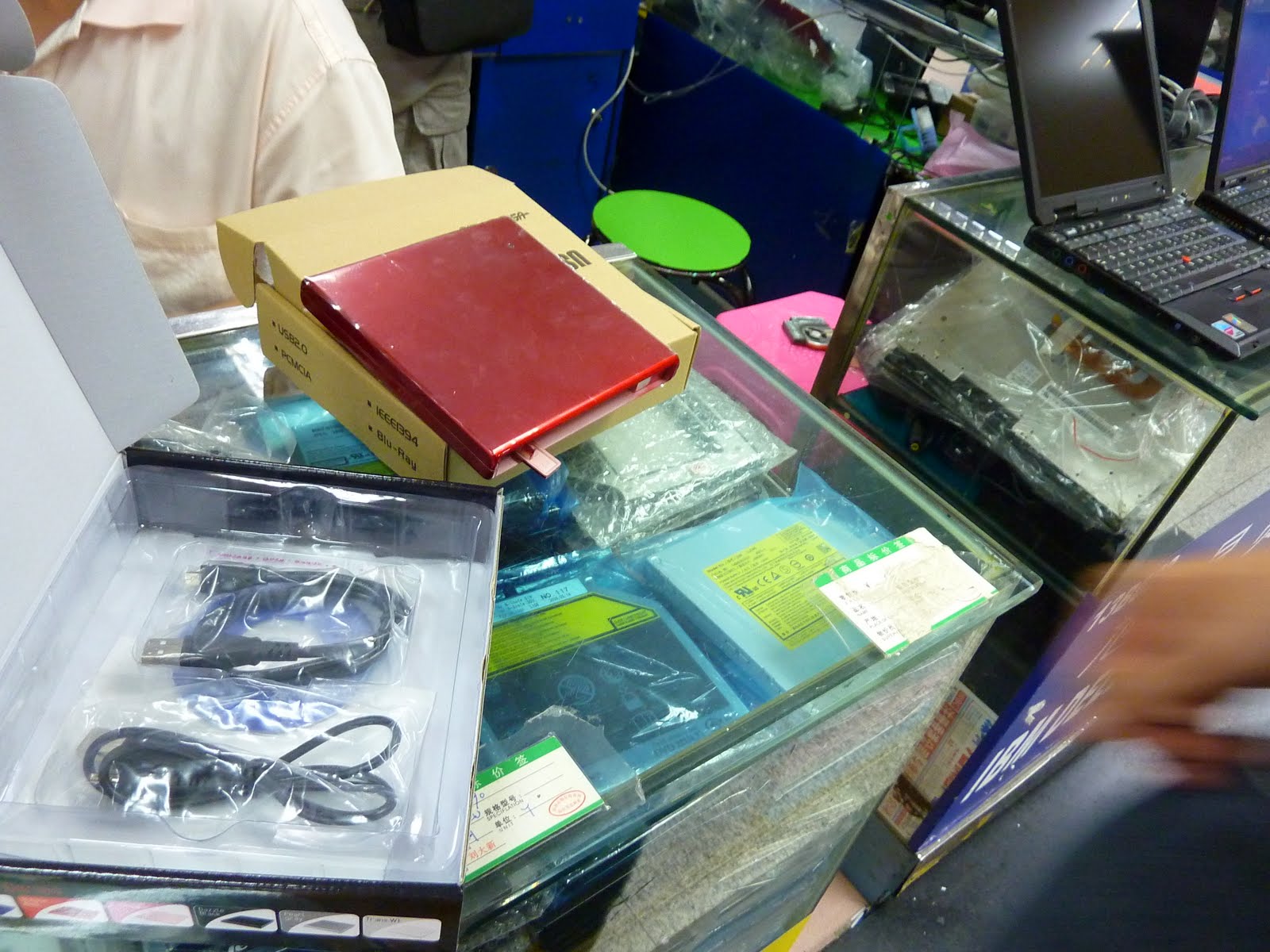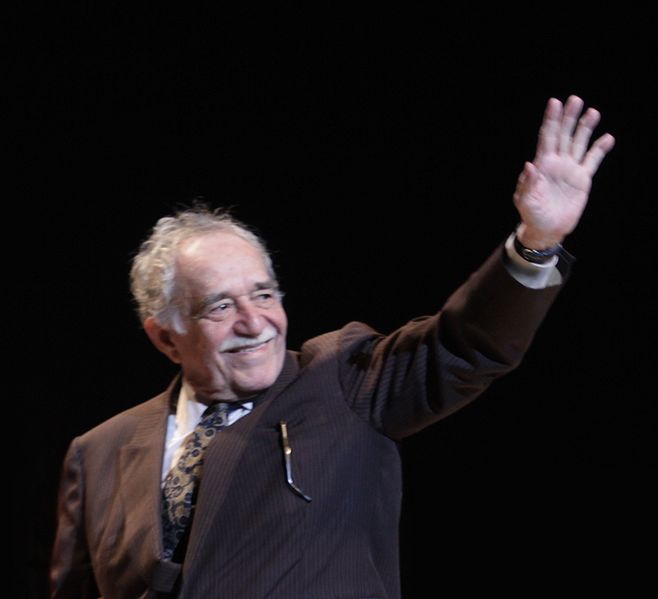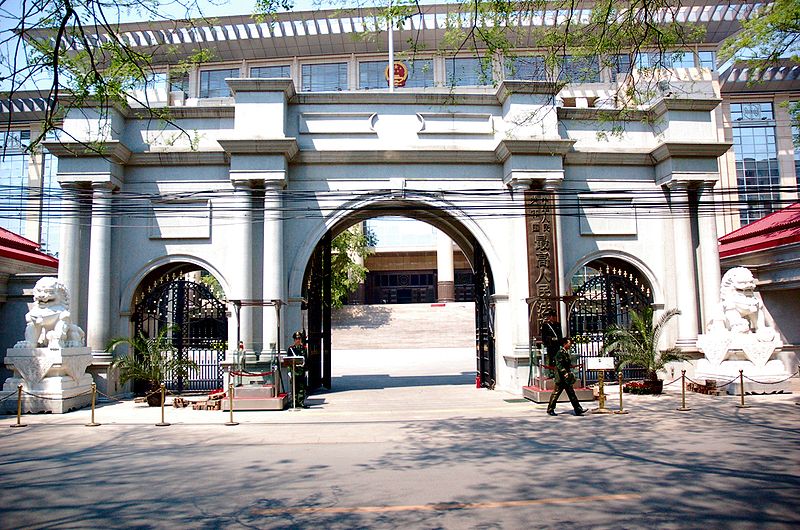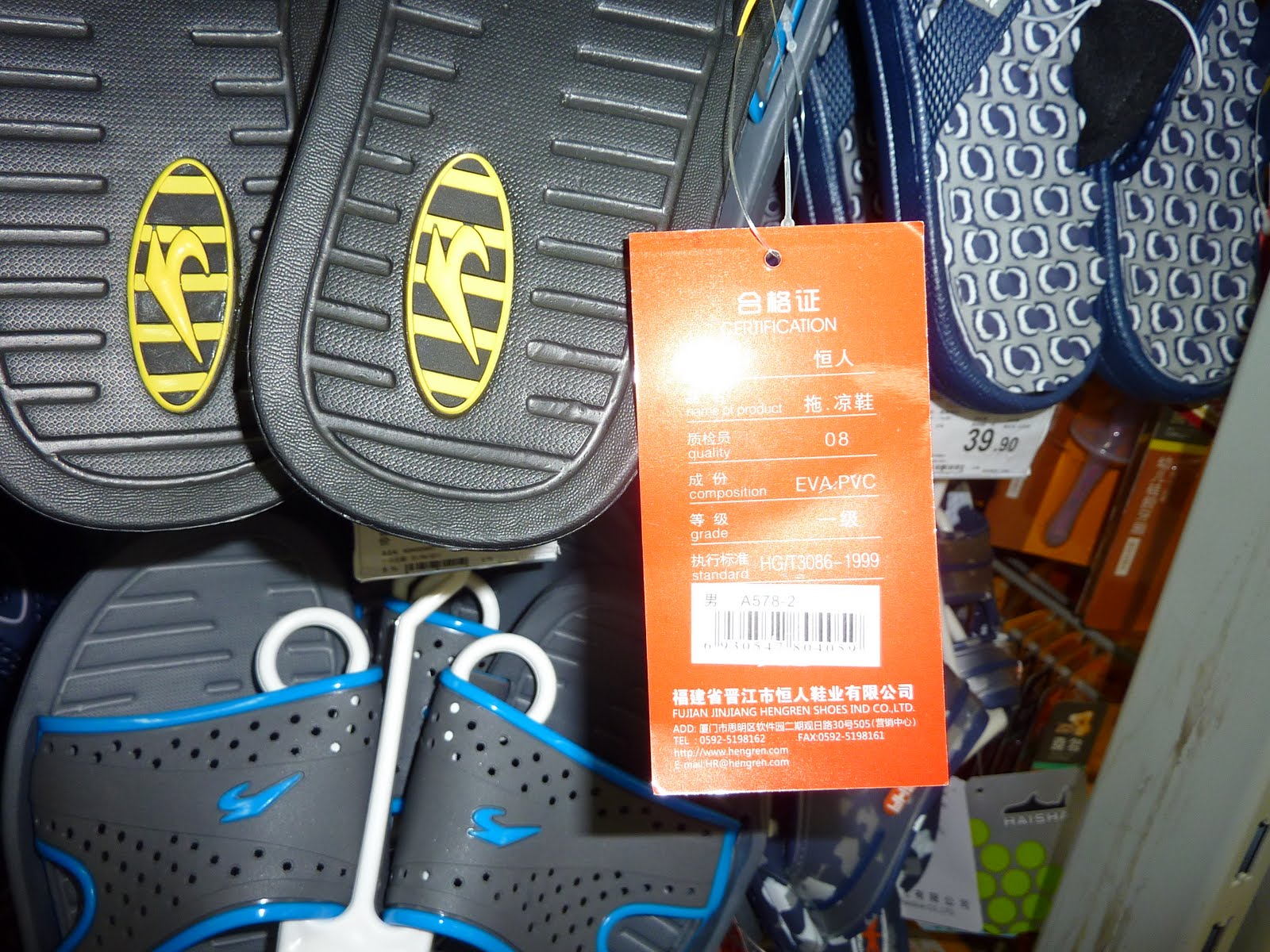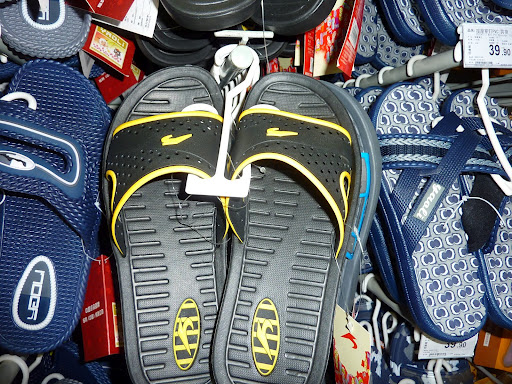June 16th, the European Chamber of Commerce in Hong Kong (ECCHK) organised together with the European Union Business Information Programme of Hong Kong and Macao the 3rd annual China IPR SME Helpdesk seminar, this time about ‘Technology Transfer and Essential IP Strategies for EU SMEs in Mainland China and Hong Kong’.
For all companies that are involved in adding or acquiring technology to and from China and want to remit the Renminbis earned, this seminar could not have come more timely. You can find Part I here.
 |
Dr. Martin Seybold, founder Seybold & Partner, Beijing
Photo: Danny Friedmann |
Dr. Martin Seybold founder of Seybold & Partner in Beijing talked about how to manage technology transfer and the different structures for technology transfer (Contractual Technology Transfer, Transfer into Joint Venture/Foreign Invested Parntership, Transfer into Wholly Foreign Owned Enterprise).
Mr Seybold started with the overly broad definition of what technology transfer is.
Regulations on Administration of Import and Export of Technologies, effective since January 1, 2002: Import and export of technologies in these regulations refer to the transfer of technologies from outside the PRC into or out of the PRC through trade, investment, or economic or technological cooperation.
Such transfer includes assignment of patent rights or rights to apply for patents, licensing of rights to implement patents, assignement of technical know-how, technical service, etc.
Contract Law: “A technology contract is a contract the parties conclude for establishing their rights and obligations in respect of the development or transfer of technology, or in respect of technical consulting or service.”
Mr Seybold made clear how many certifications are needed in case of technology transfer.
Mr Seybold made some important distinctions between direct and indirect consequences of technology transfer. Technology transfer can have an immediate effect on the validity of the contract and transfer of money. Then indirect consequences are caused by IP brought in (“background IP”), or in case of a joint venture Joint IP, improvements that came into being during the joint-venture (“foreground IP”) generated through a project.
Mr Seybold made warnings against specific IP dangers:
Construction industry: copies of engineering drawings/blueprints; Public procurement: often transfer of technology to Chinese co-operation partner is a pre-condition; Chinese certifications: often disclosure of extensive know-how to Chinese inspections, even inspection of facilities in Europe.
Mr Seybold advices that companies should try to know the outcome of the intended technology transfer, which might be easy when the service/product is clearly defined, but it could be really challenging in case of research cooperation.
Examples of Contractual Technology Transfers are Licensing of IP, assignments of IP, consultancy, research cooperation. Your contract partner needs to be a “Technology Transfer Importer” even if only consultancy services are involved.
Mr Seybold stressed to make sure to clarify in the contract to what extent the transferred technology can be used. In case of a delivery of prototype for example: what about licenses in case the prototype becomes a product? And what about the protection of IP of the prototype? Make a distinction between the right of use and the right to register IP in China.
In case of a WFOE, according to Mr Seybold there are different means to transfer money, and validity of the technology transfer contract is usual not a problem.
Bigger challenges are an unwanted loss of IP through employees and registration of your IP by Chinese companies.
To avoid this one should have Non-Disclosure Agreements and Non-Competition clauses with employees.
 |
Stephanie Mitchell, Head of the IPR Team
of the European Commission
DG Enterprise and Industry
Photo: Danny Friedmann |
After this well structured presentation Ms Sun, Mr Seybold were in a panel discussion which was moderated by Stephanie Mitchell,. Head of the IPR Team of the European Commission, Directorate-General Enterprise and Industry. Ms Mitchell summarised it eloquently: Know thyself, know your IP.
Part III you can find here.
Part I you can find here.







